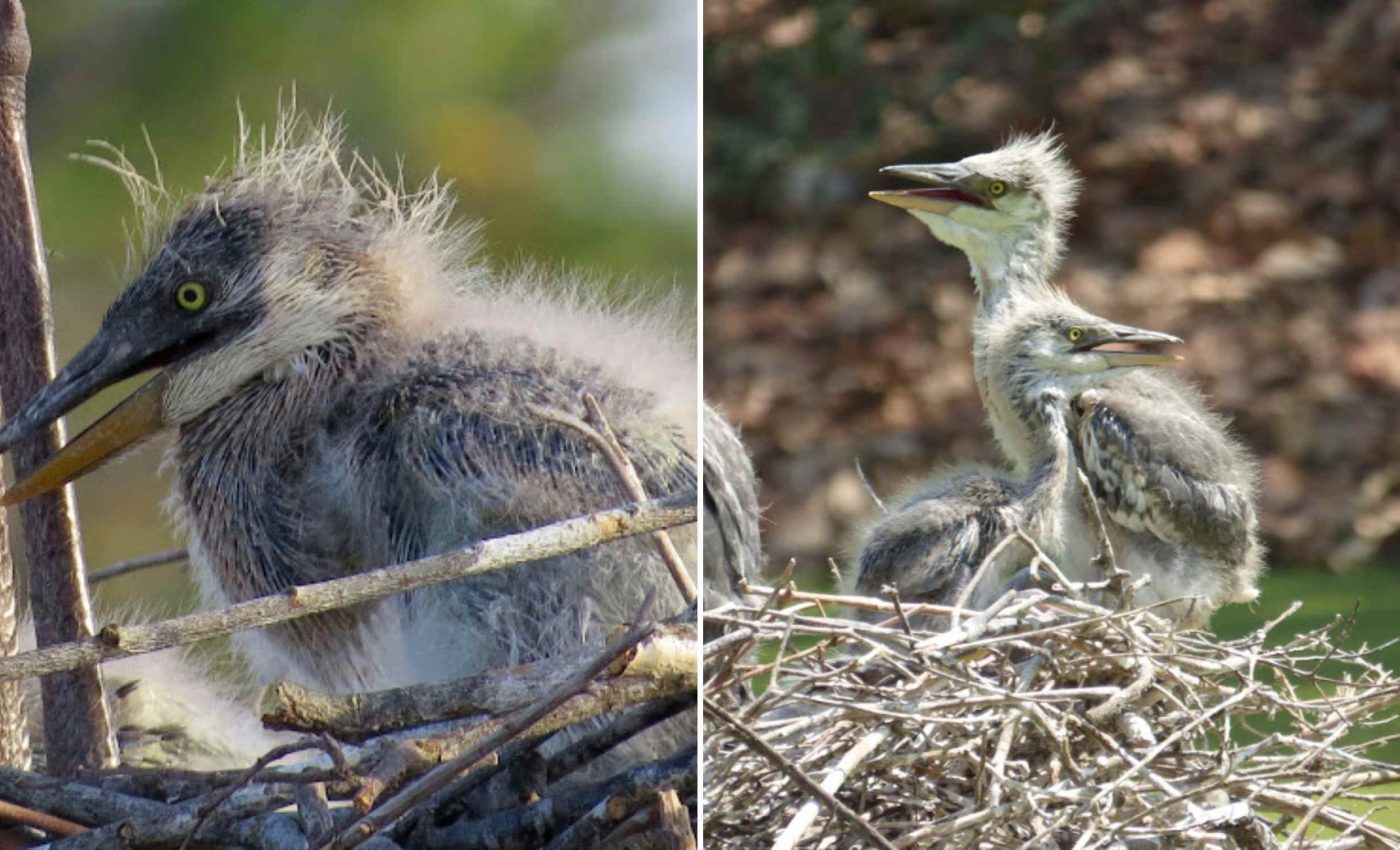
Experts help incubate and raise chicks for critically endangered heron species
Two newly hatched chicks of the white-bellied heron have reached adulthood at a conservation center in Bhutan. This large bird is critically endangered, with fewer than 60 individuals believed to remain across its home region in South Asia.
Grants from the Suntory World Bird Conservation Fund and the Toyo Tire Group Environmental Protection Fund helped make this breeding success possible. After the second chick matured in June 2024, the news stirred hope among conservationists.
Professor Tomoyuki Shimano of Hosei University is part of the support team. He leads a dedicated group working with the Royal Society for Protection of Nature (RSPN), which oversees the White-bellied Heron Conservation Center in Bhutan.
Why the white-bellied heron matters
The white-bellied heron (Ardea insignis) is the second-largest heron in the world. Its standing height can exceed 4 ft, and its wingspan typically reaches about 7 ft. This bird thrives near undisturbed rivers and wetlands.
Biologists consider it an umbrella species because its preservation indirectly protects a broad range of other flora and fauna. Its dwindling numbers are a stark reminder that natural habitats in some parts of Asia are in peril.
Nest raiding by monkeys and other predators has led to high egg losses. Gathering eggs from steep cliffs introduces risks to field teams.
Staff at the conservation center had tried artificial incubation in past seasons, but the chicks failed to survive. The limited training available in this new facility made each setback more daunting.
Support from Japanese experts
A volunteer organization called the White-bellied Heron Working Group brought veterinarians and caretakers experienced with storks, ibises, and other large birds.
Members of the Japanese Association of Zoos and Aquariums also assisted, offering advice via online meetings.
Equipment such as portable incubators and rearing cages traveled from Japan to Bhutan. Vitamins, calcium supplements, and specialized bedding helped the chicks build strong legs and develop steadily.
Progress at the conservation center
Local staff welcomed the updates to their rearing protocol. A veterinarian, Dr. Rei Matsumoto, senior researcher at the Hyogo Park of the Oriental White Stork, recommended changing the bedding to twigs that the tiny birds could grip more easily.
“There have been past cases where efforts to prevent the extinction of both the Crested Ibis and the Oriental Stork have failed. In order to prevent a repeat of this, I hope that by providing the knowledge that Japan has, we can increase the number of these birds, even if only a little,” stated Matsumoto.
Two chicks hatched in early 2024 and responded well to careful intervention. By June, both young herons were strong enough to be moved into larger enclosures.
Saving the white-bellied heron
While some team members traveled to Bhutan, others continued consultations online. The expert group shared insights on issues ranging from chick anatomy to nutrition.
Staff from the White-bellied Heron Conservation Center have since planned a training trip to Japan. They will observe stork rearing at Hyogo Prefectural facilities and receive veterinary instruction at Ueno Zoological Gardens.
The RSPN aims to establish a stable captive population of at least 16 birds by 2028. They hope to release dozens into the wild by 2050.
Donations and volunteer programs sustain these efforts. Even slight increases in hatchling survival rates could help the species rebound.
Rragile gene pool and future risks
One of the ongoing concerns is inbreeding, which remains a serious risk for such a small population. In 2023, three chicks had to be euthanized due to genetic abnormalities, underscoring the importance of careful genetic management moving forward.
To address this, the RSPN and its Japanese partners plan to establish a broader founder population.
This would involve genetic tracking and possibly even international egg exchanges with other countries that have wild or captive white-bellied herons, such as India or Myanmar.
Japan lost its native Oriental Stork and Crested Ibis strains in the wild, prompting large-scale reintroduction programs.
Those experiences taught breeders how to manage fragile eggs, address genetic concerns, and refine nesting conditions.
“Japan, which knows the pain of having lost the endemic Japanese lineage and the subsequent efforts that followed, should be the one to make use of its own technique overseas,” said Shimano. Working together with Bhutan brings a sense of shared purpose.
Hope for the future
These two new adult herons stand as a hopeful sign for a species often overshadowed in international bird conservation.
The support team believes that sustained cross-border cooperation will keep white-bellied heron populations moving in the right direction.
Local scientists have expressed gratitude for the volunteers who traveled long distances to share their expertise. They plan to continue refining the artificial breeding process. Each success reduces the risk of losing these majestic birds.
—–
Like what you read? Subscribe to our newsletter for engaging articles, exclusive content, and the latest updates.
Check us out on EarthSnap, a free app brought to you by Eric Ralls and Earth.com.
—–













